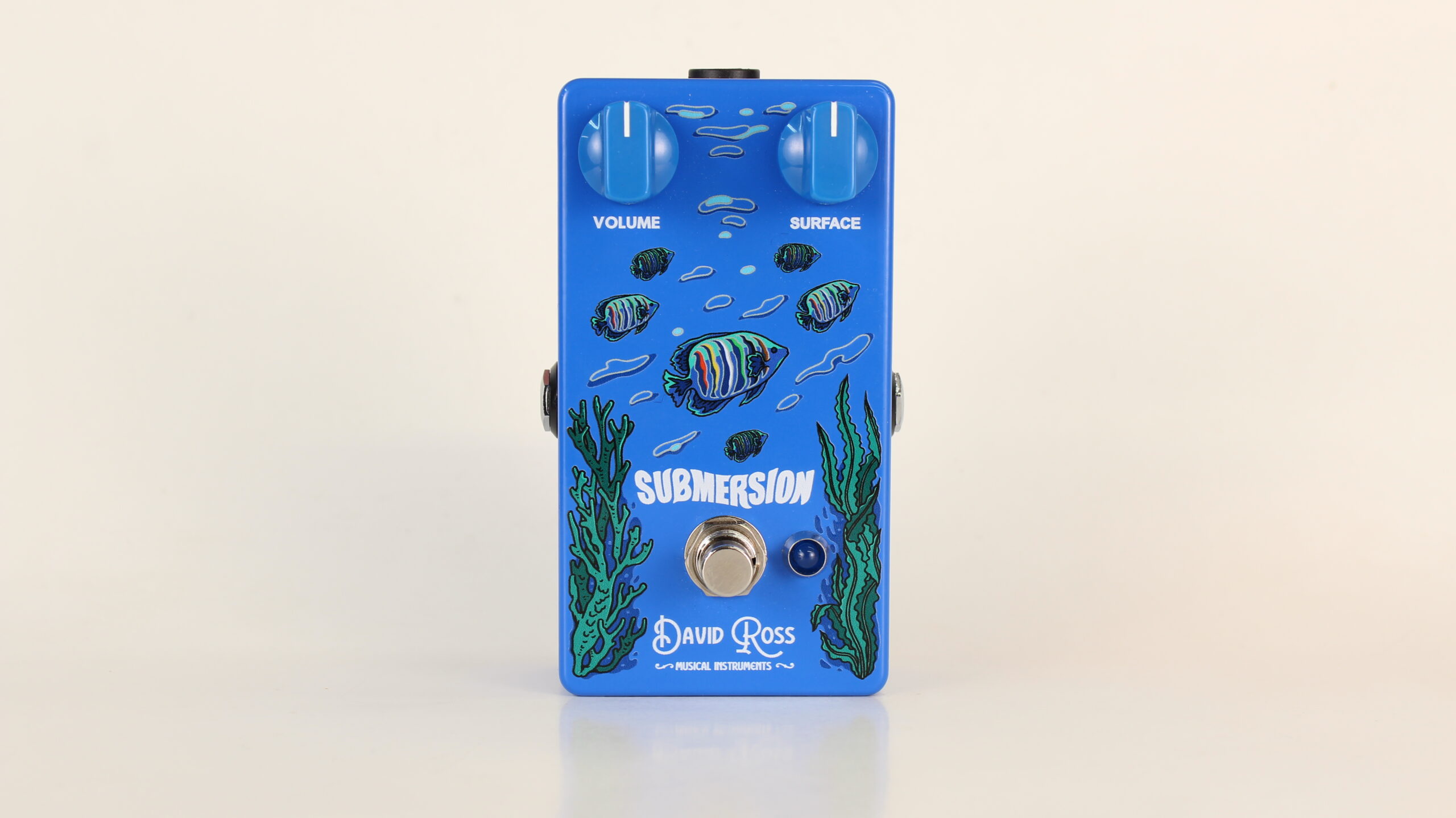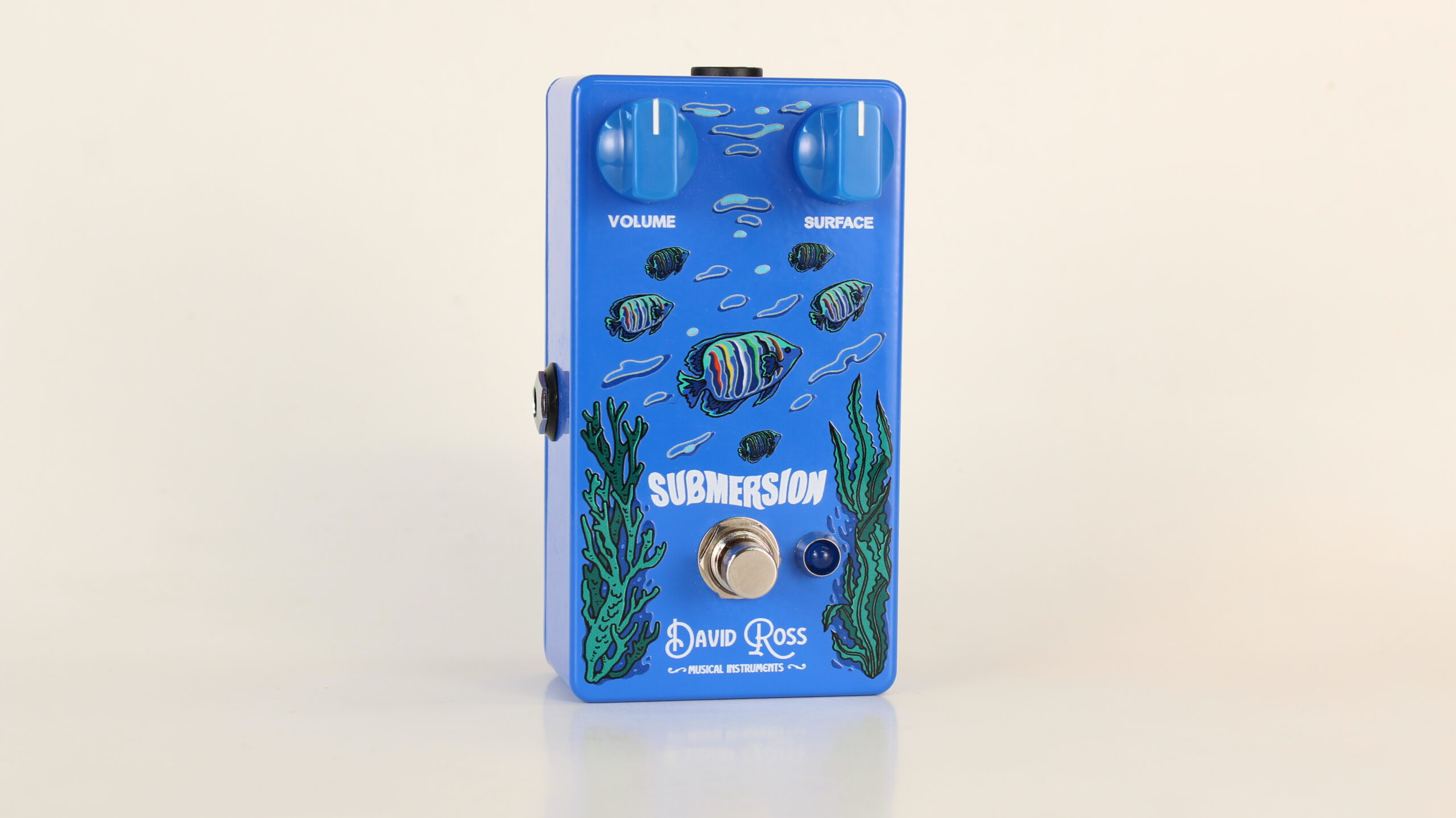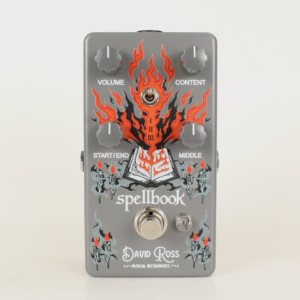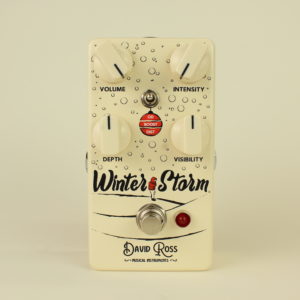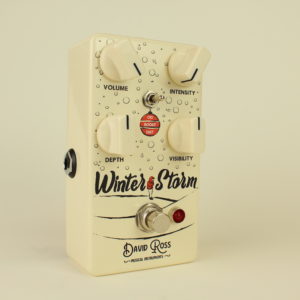Submersion Guitar Pedal
$175.00
The Submersion guitar pedal serves as both a clean blend octave-up fuzz and a clean boost. The Volume control operates in two distinct modes: from the left to the midpoint, it functions as a standard volume control, while from the midpoint to the right, it acts as a 10db clean boost. In addition, the Surface control adds as much octave-up fuzz to your guitar signal as you like. Adjusting this control slightly introduces an octave fuzz undertone, while cranking it up delivers a full-on octave fuzz effect.
Description
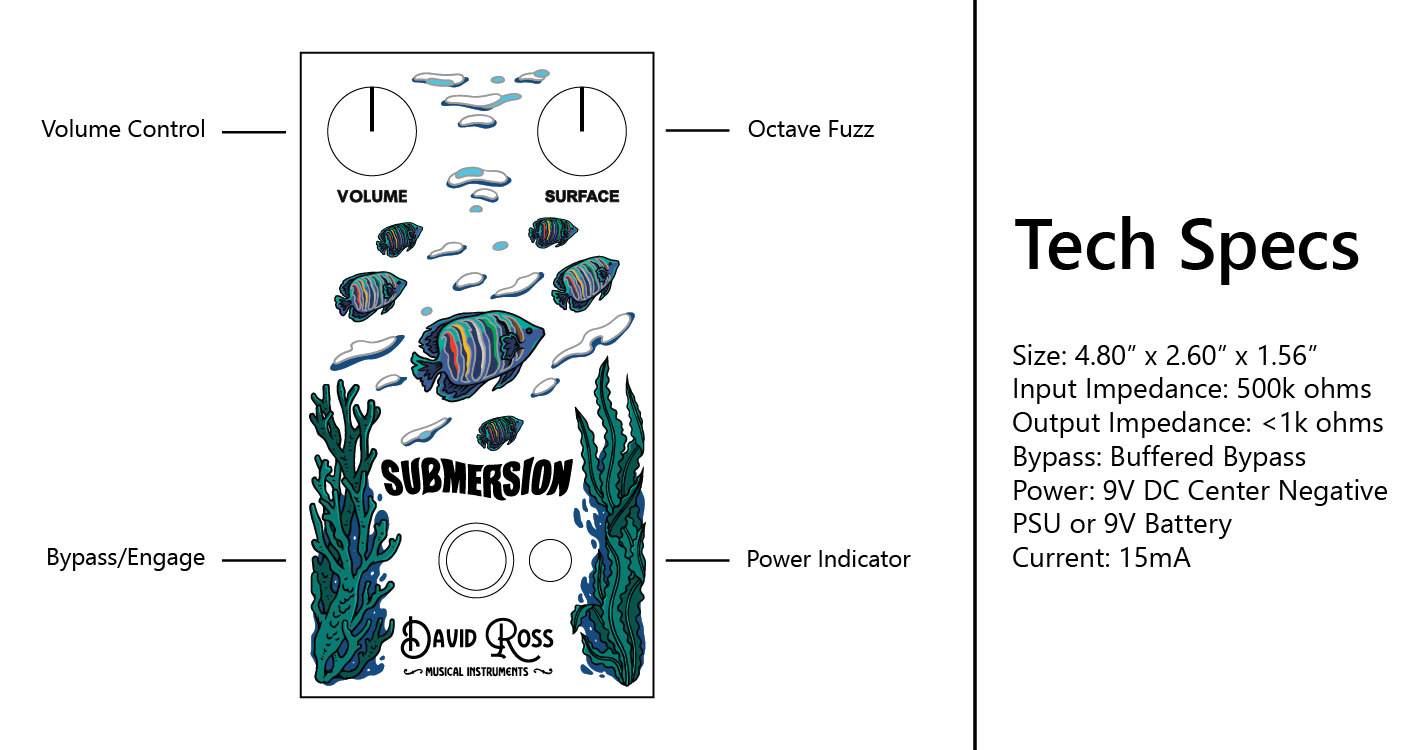
Submersion Explanation and History:
The Submersion guitar pedal serves as both a clean blend octave-up fuzz and a clean boost. The Volume control operates in two distinct modes: from the left to the midpoint, it functions as a standard volume control, while from the midpoint to the right, it acts as a 10db clean boost. In addition, the Surface control adds as much octave-up fuzz to your guitar signal as you like. Adjusting this control slightly introduces an octave fuzz undertone, while cranking it up delivers a full-on octave fuzz effect.
The idea for the Submersion guitar pedal began in July of 2020 when I was beginning to get deeper into guitar pedal design. At this point I was actively working on the Winter Storm guitar pedal which would go on to be my first official release, and I knew I wanted to create my own line of guitar effects pedals. This period of time was both exciting and challenging because I felt like I was making progress, while also realizing that I had a lot to learn. Part of my process back in 2020 was looking for simple circuits, trying to replicate them on a breadboard, and then eventually making a fully working clone. This was the case when I discovered a schematic for what looked to be a simple octave fuzz. I built it and it worked but I wasn’t satisfied, so I began to modify, experiment, and eventually came up with something completely different from what I started with.
I’ve always enjoyed octave fuzz sounds but I could never find one that really suited me. Many popular examples like the Roger Mayer Octavia, Dan Armstrong Green Ringer, Univox Super-Fuzz and the Foxx Tone Machine were created in the 1960’s and 1970’s when input impedance was not as much of a concern as it is now. This means that they don’t always play nicely with modern pedalboard setups. I’ve also felt that the amount of gain in a typical octave fuzz pedal is either full blast or slightly less than full blast, regardless of where you set the controls. There are also odd EQ choices where there is either too much bass, very thin treble, or a lack of midrange frequencies, which in addition to the overwhelming amounts of gain means that the sound gets buried in a band mix.
Some personal design choices seemed worthwhile for this project. I didn’t want to have to rely on germanium transistors or components which are scarce and hard to find. Since I had become quite comfortable using op-amps with the Winter Storm and Spellbook guitar pedals, I felt that that the benefits of using them would supersede any “mojo” that could (or could not) be had with rarer and more expensive parts. I wanted the enclosure to be a standard 125B size, and I also wanted a blue enclosure with blue knobs in a monochromatic style, and because of this, an aquatic theme seemed appropriate.
From this point, I knew what I wanted as far as an octave fuzz pedal was concerned, but I also had ideas to create a much more elaborate design. I had plans to include another more traditional fuzz circuit with a clean blend control, and also include a mid-boost and cut control with a switch to allow for a high shelf. I made a number of prototypes attempting to implement these design choices to the circuit, but each of them had issues. Looking back on this period from July of 2020 up until the time of me writing this (October 2023), I feel that these designs and prototypes were too elaborate, impractical, and ultimately unstable. If you’re interested in learning about each one of the prototypes I created, I wrote a blog about it which goes into further detail.
Regardless of setbacks, I kept working on the octave fuzz portion of the Submersion and came to realize that I had developed a great sounding octave fuzz pedal. The journey had come full circle, and what started out as a simple octave-up fuzz pedal ended in the same place, but with all of the problems I had with typical octave fuzz pedals solved. I am very proud of the work that I put into the Submersion and I’m excited to be offering it as part of my line of guitar effects pedals. I think that it works well in any musical context, from heavy metal to blues, from country to rock, and everywhere in between. I feel it’s useful for any guitar player or bass player to use it on its own or with other effects pedals. Thank you to everyone who brought this project to life on Kickstarter, thank you to Guitar Pedal X who wrote an article about the Submersion and lastly, thank you to Stompbox 365 for featuring the Submersion in their calendar!
I hope you’ll check one out today!
Additional information
| Dimensions | 4.8 × 2.6 × 1.56 in |
|---|
